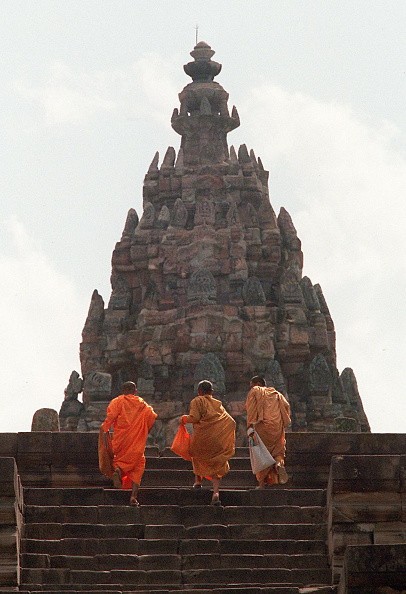
The Art Institute of Chicago (AIC) is returning a piece of pilaster depicting the Hindu deity Krishna lifting Mount Govardhana to Thailand. The museum said the return results from a more in-depth provenance analysis of its collections.
The artifact is a piece of a pilaster, a rectangular architectural column found in the side of a doorframe, dating to the 12th century. After further investigation, it was discovered that the pilaster, previously assigned to Cambodia, originated from the Phanom Rung temple in northeastern Thailand.
James Rondeau, President and Eloise W. Martin Director of the Art Institute of Chicago, said, "We are grateful for our close collaboration with the Fine Arts Department in Thailand and are honored to take this step in what I hope is a long and productive partnership."
Rondeau vowed that they are deeply committed to fostering an ongoing relationship and continuing to learn from each other.
The Phanom Rung temple is the origin of another artifact called the Vishnu lintel, which was brought back to Thailand in 1988 from the museum's collection. Since the lintel has been restored to the structure, the Art Institute hopes to transform the pilaster fragment into the same temple and connect these pieces.
Phnombootra Chandrajoti, Director-General of the Fine Arts Department, claimed that this act is a model for ethical collecting practices and strengthens the bonds of cultural respect and collaboration between Thailand and the Art Institute of Chicago.
He added that this valuable artifact is from one of the most significant archeological sites in Thailand. He noted that they are glad it is returning to its motherland.
Furthermore, Sarah Guernsey, Deputy Director and Senior Vice President for Curatorial Affairs at the Art Institute of Chicago, said that this collaboration with the Kingdom of Thailand is just one example of the important work their provenance research team prioritizes across the institution.
"We are living up to our commitment to proactively and rigorously research works in our collection and transfer the ownership of objects that research demonstrates should be returned to their country of origin," she added.